Ukraine-Russia: Bodies of mutilated children among horrors the Russians left behind
The soldiers and civilians in areas retaken by the Ukrainian army around Kyiv have endured weeks of fighting, and the horrors of occupation, before pushing out the enemy. Yet there is no celebration, no joy.
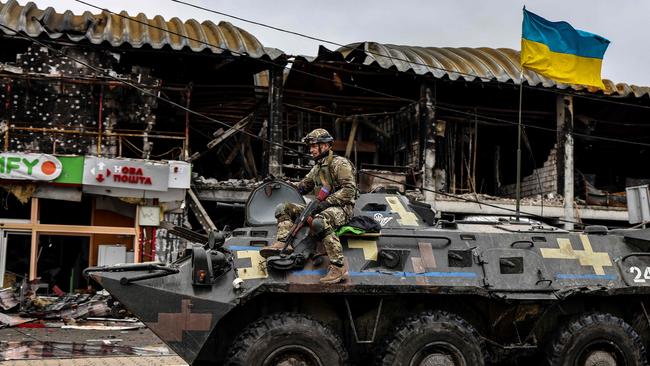
Deep in the forest outside Kyiv, where the mushroom-pickers used to roam and rich city folk built their palatial dachas, Maria Dabizhe, 80, sat sifting through discarded Russian ration packs.
The enemy soldiers had arrived a few days into the war. “They came to my house. I asked them what they were doing there,” she said, as artillery boomed in the distance. “They told me, ‘We’re just trying to do our job’.”
At night, she saw their fires burning. When they brought her some food, she took it. Then, when the soldiers started to withdraw a few days ago, fighting the Ukrainians all the way, the true horror of what they had done became clear.
Her neighbours in a neat brick house four doors down had been tied hand and foot and killed. Down the road, territorial defence fighters said they had found a basement where 18 bodies, men, women and children as young as 14 lay dead, their bodies mutilated.
This is what the Russian forces have left behind as they retreat, destroying everything as they go. Mines have been hidden in the corpses that litter the streets.
Homes are left hollowed out and burnt. Newly built dachas, their gates torn open, are studded with bullets from the firefights that raged here between Ukrainian and Russian forces a few days ago.
The soldiers and civilians in the areas retaken by the Ukrainian army around Kyiv in the past few days have endured weeks of fighting, and the horrors of occupation, to push out an enemy that most predicted would destroy them in days.
Dozens of towns, villages and suburbs to the east, west and north of Kyiv have been retaken by the Ukrainian army, and the Russians have retreated from the gates of the capital to areas near the northern border.
Yet there is no celebration, no joy.
The roads are mined, windows broken, homes destroyed. In the forest, the thick, soaring pines are splintered at the trunk, gaping open, white and yellow. It will take months, perhaps years, until these areas become habitable again. The thousands of civilians who fled these areas have been told, for now, not to return.
“There’s nothing to be happy about. Only sorrow for the people who were killed,” said Sergeiy Torovik, 53, a soldier with the territorial defence force, who lives in an area that was retaken a few days earlier. “The Russian soldiers are lower than animals. Animals don’t do what they did. We shouldn’t take them hostage. They must die. They must be destroyed.”
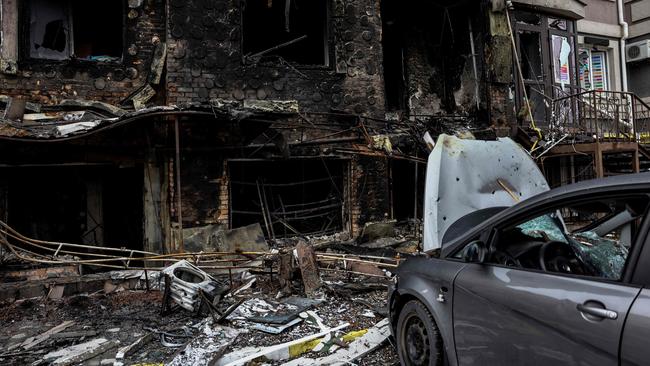
Along with his son Yuri, Torovik was standing at a checkpoint near his home town of Stoyanka, just outside Kyiv, where he had helped to push the Russians out three days before. A month ago, he had been a gardener before joining up. As the Russians withdrew, and Ukrainian forces advanced, he fought his way back to his home.
But now he was guarding a ruin. The petrol station was splayed open, blackened and twisted like a great metal insect. Russian tanks, burnt out and broken, littered the highway. Around them were civilian cars, windscreens blown out, pockmarked with bullet holes. One, a white Citroen, had a dark smear on the shrapnel-studded headrest.
“There are a lot of mines here,” Torovik said. “Everywhere. In people’s houses, in the back yards, on the roads.”
Two days earlier, Torovik said, he had seen a dog eating a woman’s body that had been left on the ground. Yet the worst was in the basement of the dacha.
“We found 18 bodies in there,” he said. “They had been torturing people. Some of them had their ears cut off. Others had teeth pulled out. There were kids like 14, 16 years old, some adults. They just took the bodies away yesterday (Saturday).”
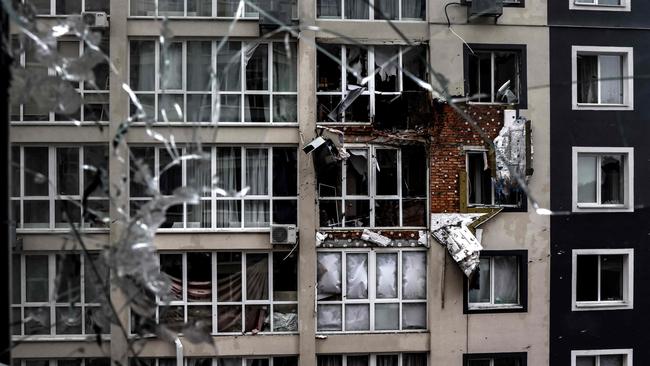
As the Russians withdrew in what seems part rout, part strategic pullback after failing to take Kyiv, they destroyed everything they could along the way. Along the highways and winding forest roads that link holiday cottage communities outside Kyiv, soldiers and civilians spoke of seeing the bodies of humans and animals strewn on the sides of the road.
Shops are flattened, the entire sides of houses smashed open. Abandoned troop carriers and tanks are found stuffed with refrigerators, clothes and toys looted from Ukrainian houses. Mines are spread across the roads, hidden in houses, parks and in corpses laid out on the road.
“It’ll take months to clear,” said Denys, who was deploying his Ukrainian mine clearance team to freshly retaken areas. “Years,” one of his colleagues interjected. “They’ve hidden them everywhere. And some of them are so old, they’re from the First World War.”
On the woodland road to Bucha, a suburb where some of the fiercest fighting in the area took place, an army medic stood waiting to pass a checkpoint. Two days ago, he and his unit had helped push the Russians from this area.
“I can’t say the Russians are weak or anything like that, they’re warriors, as are we,” he said. “When they were withdrawing, one part of the unit would be firing and the others would pull back ... they left a lot of bodies. Civilians too.”
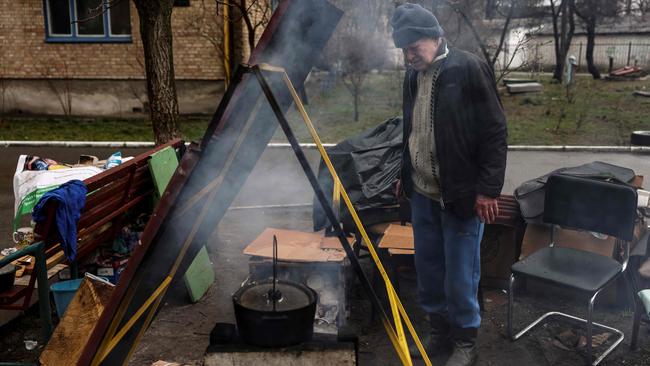
Yet the successes of the past few days have not yet brought safety to the area. “This place is liberated, but it’s not clear yet. A friend was ambushed yesterday, so even if it’s a ‘green’ road like this it doesn’t mean it’s always clear,” he said. “And artillery can hit you here too.”
Across the road stood a Russian tank, blackened and broken. An armoured personnel carrier abandoned a little further along was still smoking.
As they pulled back, or were pushed, the Russians abandoned or lost an extraordinary amount of equipment, a lot of it rusted, in bad condition and from the Soviet era. Everything they left behind is being used for the next stage in the war. On the side of a highway outside Kyiv, a group of soldiers from the territorial defence were stripping a Russian tank for parts.
“It’s so old, it’s useless,” one of them, Ivan, complained. “And one of our guys hit it with an NLAW.”
They would strip off the gun, they said, and set it up in the back of a truck instead. “We’re going to need it,” Ivan said. “We’re going to keep fighting. We know this isn’t the end.”
Additional reporting: Anna Mosinian
The Sunday Times

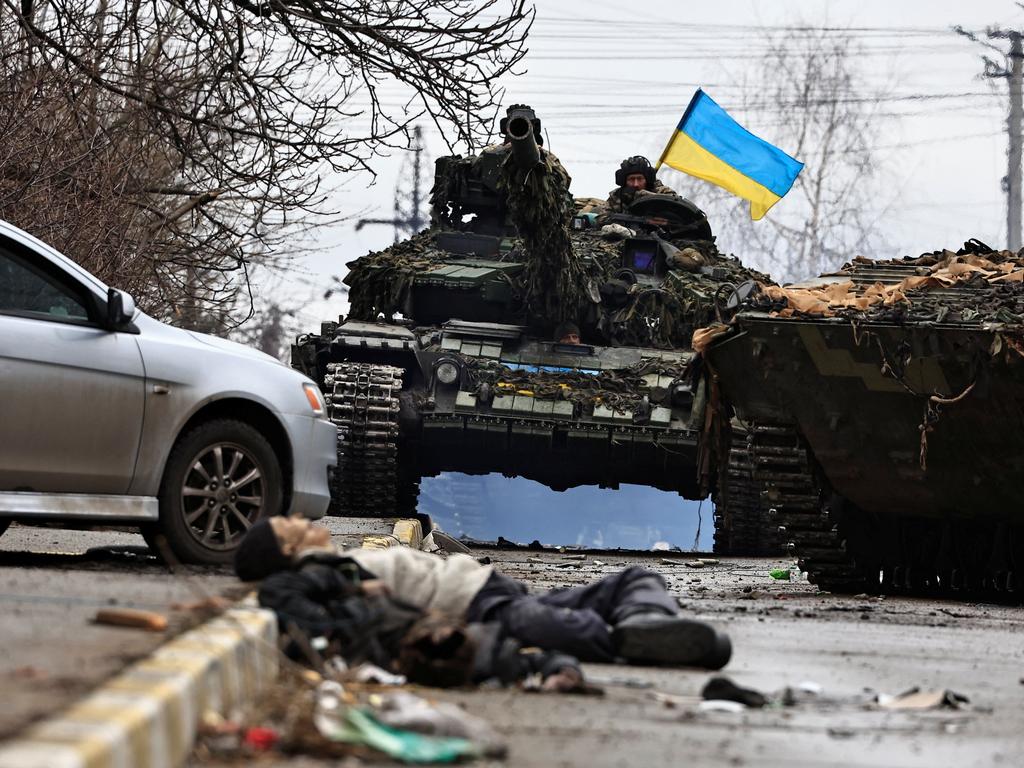
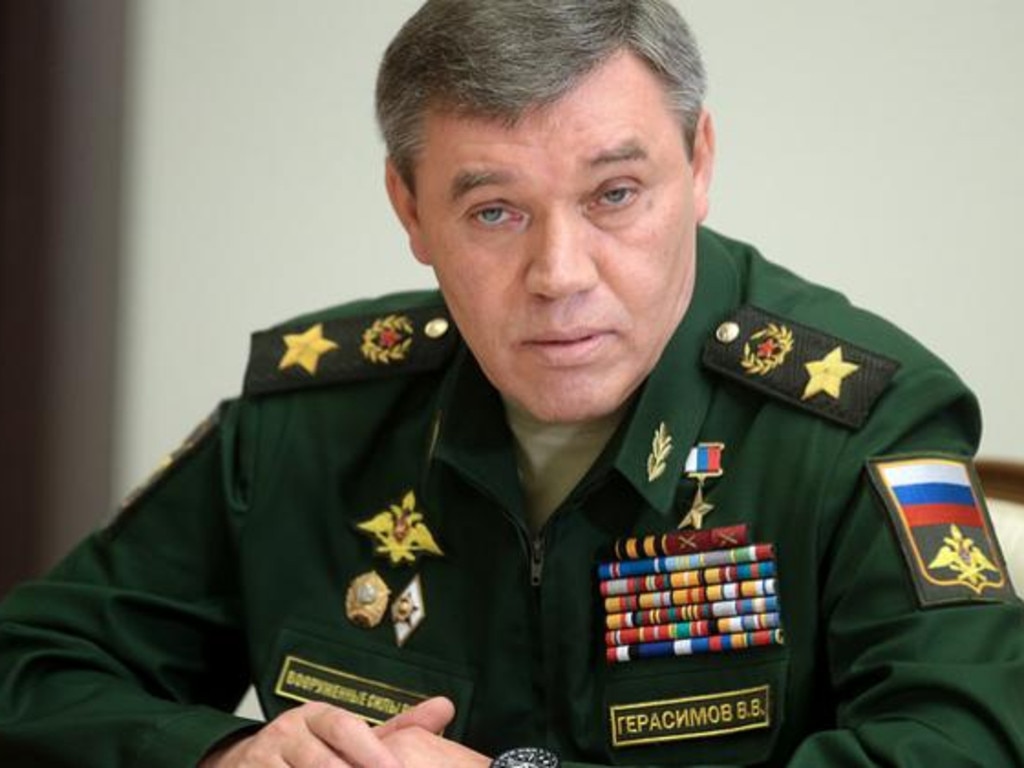
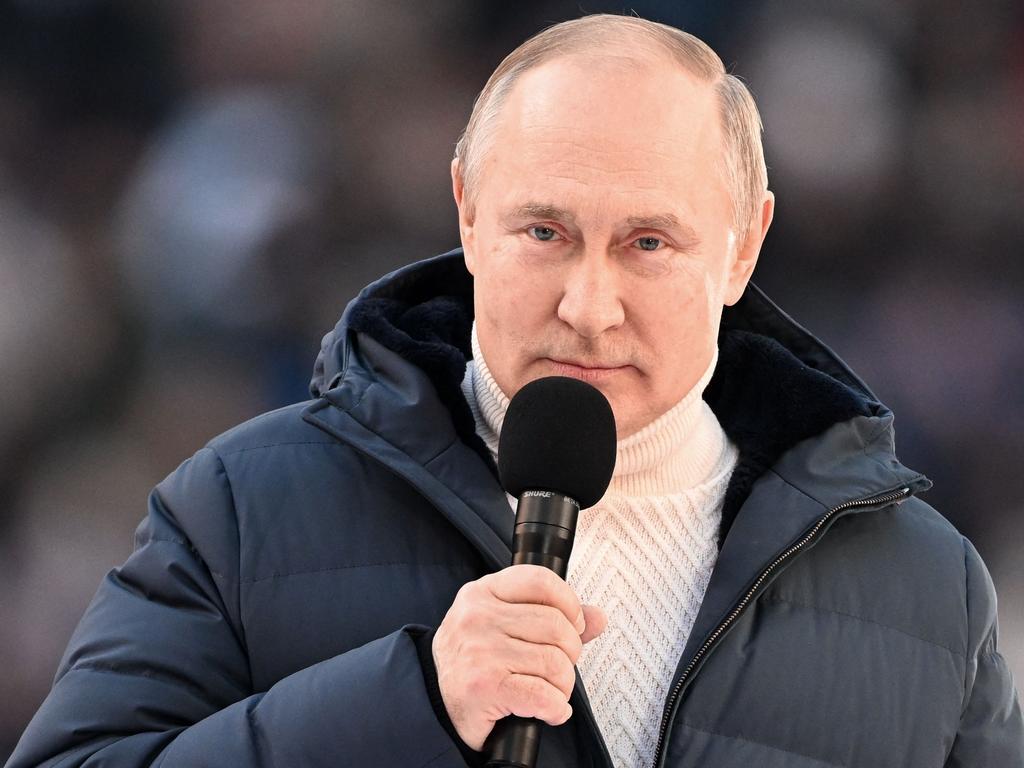
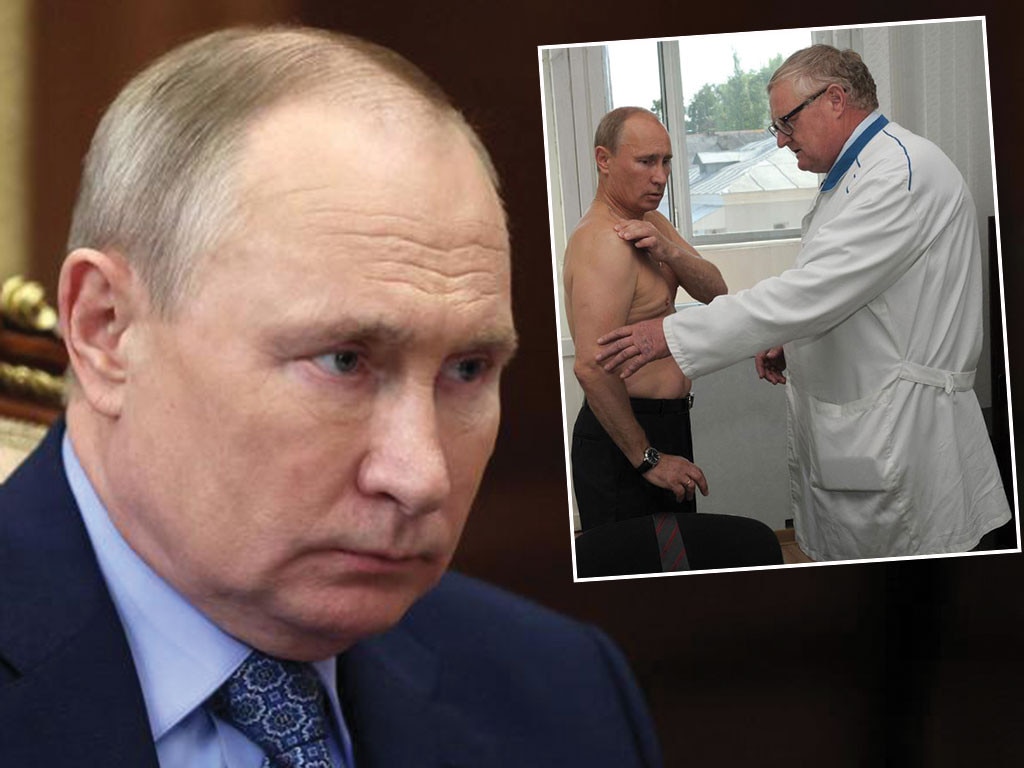


To join the conversation, please log in. Don't have an account? Register
Join the conversation, you are commenting as Logout